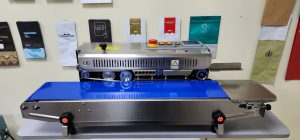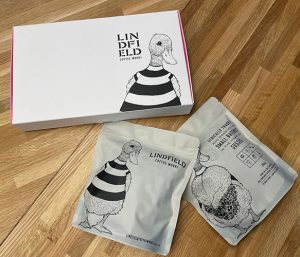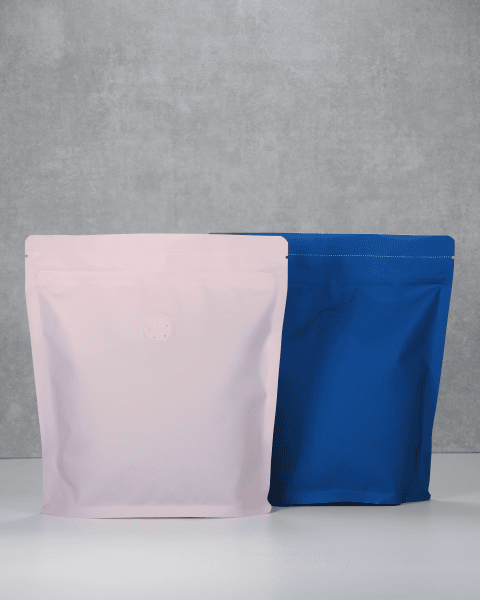Blog
How long does coffee last (and why the right packaging matters)
Every coffee lover knows that coffee tastes better the fresher it is, but how do you know when coffee is past its best? And how can you prevent the quality from degrading too quickly?
The right packaging is key to keeping your coffee fresh for as long as possible – we’ve answered some of the common questions around maintaining coffee freshness, where’s best to store your coffee and why you should choose packaging carefully to prevent it from going off too fast for the freshest tasting brew.
How long does coffee last?
As a dry, shelf-stable product, it may seem like coffee will last for months without changing flavour or quality, but the opposite it true. Coffee has a ‘best before’ date and the length of time you can keep it before it goes off actually depends on the form your coffee is in.
Whole beans, for example, last the longest time and it’s recommended that they are kept in their whole form until you’re read to brew them, so they stay as fresh as possible. Whole beans will last up to four weeks before the quality and freshness starts to degrade.
Once coffee is ground, it should be used within two weeks of opening. To prevent it from going off too fast, customers should grind enough for the amount needed each day which will give the best possible results. Instant coffee should be used within two weeks of opening, and brewed coffee can be stored in the refrigerator for around three days, although ideally it should be consumed on the same day of brewing.
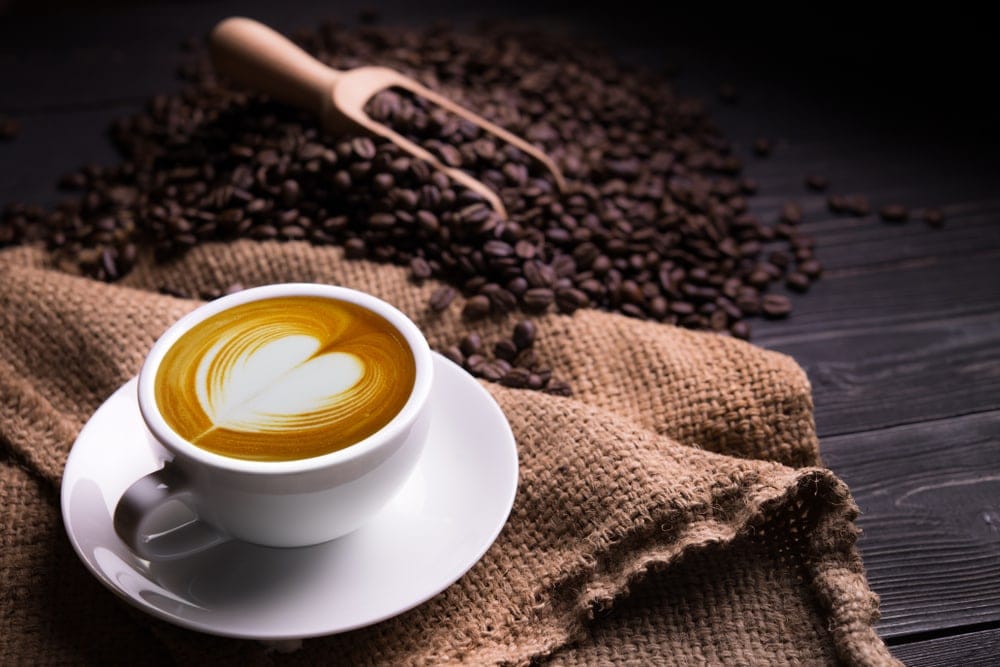
Why storing coffee properly matters
There are several factors that impact how long coffee will stay fresh for. The best way to maintain the freshness and quality of coffee is to keep it in a cool, dark location. Oxygen will lead to your coffee beans going stale very quickly, so if the packaging you choose lets air into it, the beans will degrade in just a few days. Light is another factor to pay close attention to – while coffee might look more aesthetically pleasing in glass jars, letting light in will lead to stale coffee.
Moisture and exposure to humidity is also something that will make coffee go bad quickly, so you need to ensure that the coffee you have is kept dry. Packaging is important here, as you need materials that will keep moisture out while also keeping the coffee cool, as heat will lead to flavour loss unless you’re brewing the coffee.
With light, heat and air all enemies of coffee, it can be tempting to think that storing coffee in the fridge or freezer is the best way to keep it fresh. But there are downsides to this method – freezing coffee can lead to mixed results and since coffee absorbs aromas easily, it can absorb the flavours and smells of other food in your freezer, which will alter the taste. While coffee will be safe to consume when it’s been stored in this way, you won’t get the best flavour from the brew so it’s not advisable.
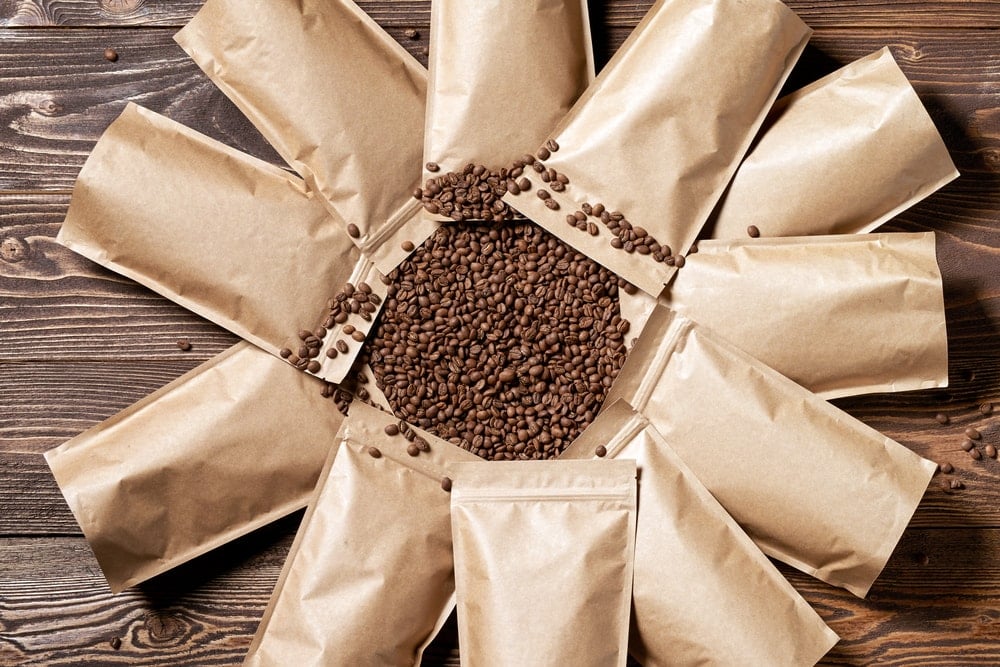
What to consider when choosing coffee packaging
Now we know what contributes to stale coffee, how do we choose packaging to counteract these qualities? Coffee businesses need to take into account how packaging will influence a customer’s experience when they make a cup of coffee at home, and how that experience will alter as time goes on. But packaging is for more than just hygiene and flavour – customers also want packaging that is convenient.
Multi-layer materials, such as lined kraft paper pouches, will seal the product in and extend the shelf life of the contents. Similarly, choosing a material which will keep out oxygen, moisture and light, while also being durable, is essential to prevent damage to the bag when it’s being transported between locations. Stand-up pouches make it easy for companies to display products in-store, as well as for customers to store the items at home in their kitchen cupboards without the product falling over.
The packaging should be resealable, to keep air out when the contents aren’t being poured out without the customer needing to transfer it to a different container. Tear notches will make the coffee pouch easier to use for consumers. Pouches which have a degassing valve will keep CO2 out without letting oxygen in, which is fundamental to keeping the contents as fresh as possible.
Final thoughts
Coffee is a product that doesn’t change appearance when it’s past its best, so it can be tempting to think that it will last for months without going bad. However, it can deteriorate in quality quickly if it’s not stored properly, which is challenging for businesses and customers alike. The right packaging will not only help keep the contents fresh for a better cup of coffee, but it will also make accessing the coffee inside easier for users too.
If you’d like more information on the different types of product packaging available, contact The Bag Broker today and we’ll be happy to help.


